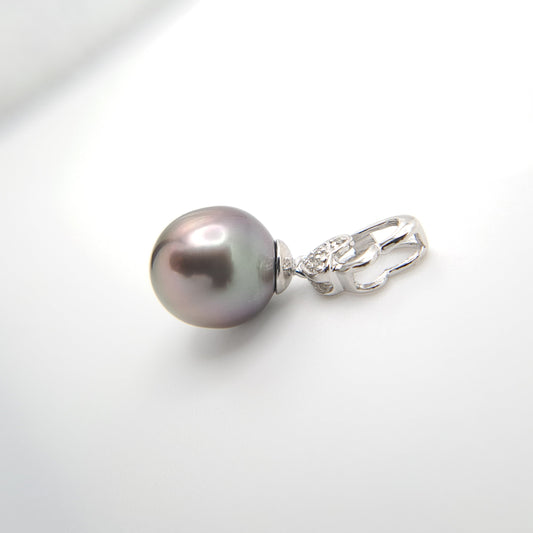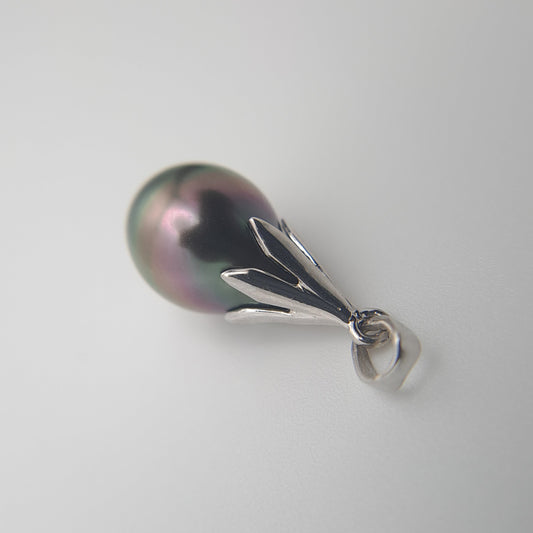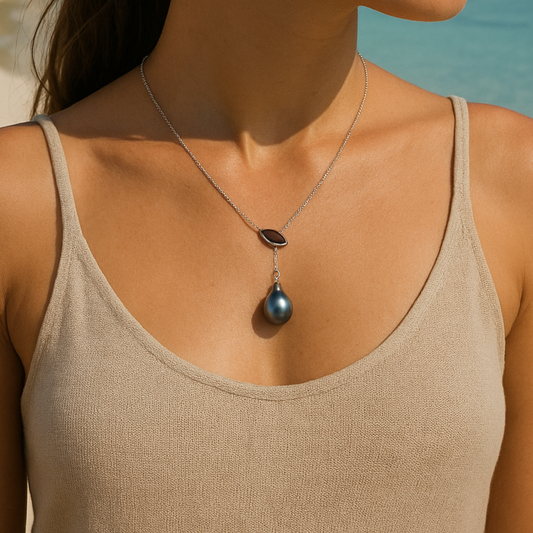Authentic jewelry and pearls from French Polynesia 🌴
Our selection
-
Silver Earrings and 2 Tahitian Keishis
Regular price 69,00€Regular priceUnit price / per75,00€Sale price 69,00€Sale -
Semi-Baroque Silver and Tahitian Pearl Pendant C (A+)
Regular price 75,00€Regular priceUnit price / per80,00€Sale price 75,00€Sale -
Silver Pendant with 1 Semi-Baroque Tahitian Pearl B/C
Regular price 84,00€Regular priceUnit price / per88,00€Sale price 84,00€Sale -
Silver necklace with mother-of-pearl and Tahitian pearl, semi-Baroque style, B+ (AA+)
Regular price 145,00€Regular priceUnit price / per155,00€Sale price 145,00€Sale -
Silver ring with round Tahitian pearl, size B (AA)
Regular price 150,00€Regular priceUnit price / per
VALUES
-
AUTHENTICITY 🌴
All my pearls come from a pearl farm in the Tuamotu Islands of French Polynesia. I provide a Certificate of Quality and Authenticity that attests to the origin and quality of the pearls. Each piece of jewelry is unique.
-
QUALITY 💎
At harvest time, only 5% of the pearls are selected and used for jewelry making to ensure the highest possible quality. Our pearls have undergone no treatment, unlike lower-grade pearls, and are true treasures from the lagoons of Polynesia.
-
RESPONSIBILITY 🪸
TAKOIA PERLES supports the CORAL GARDENERS association, which involves buying and adopting corals to participate in the conservation of the coral reef ecosystem of French Polynesia, which is endangered due to global warming.
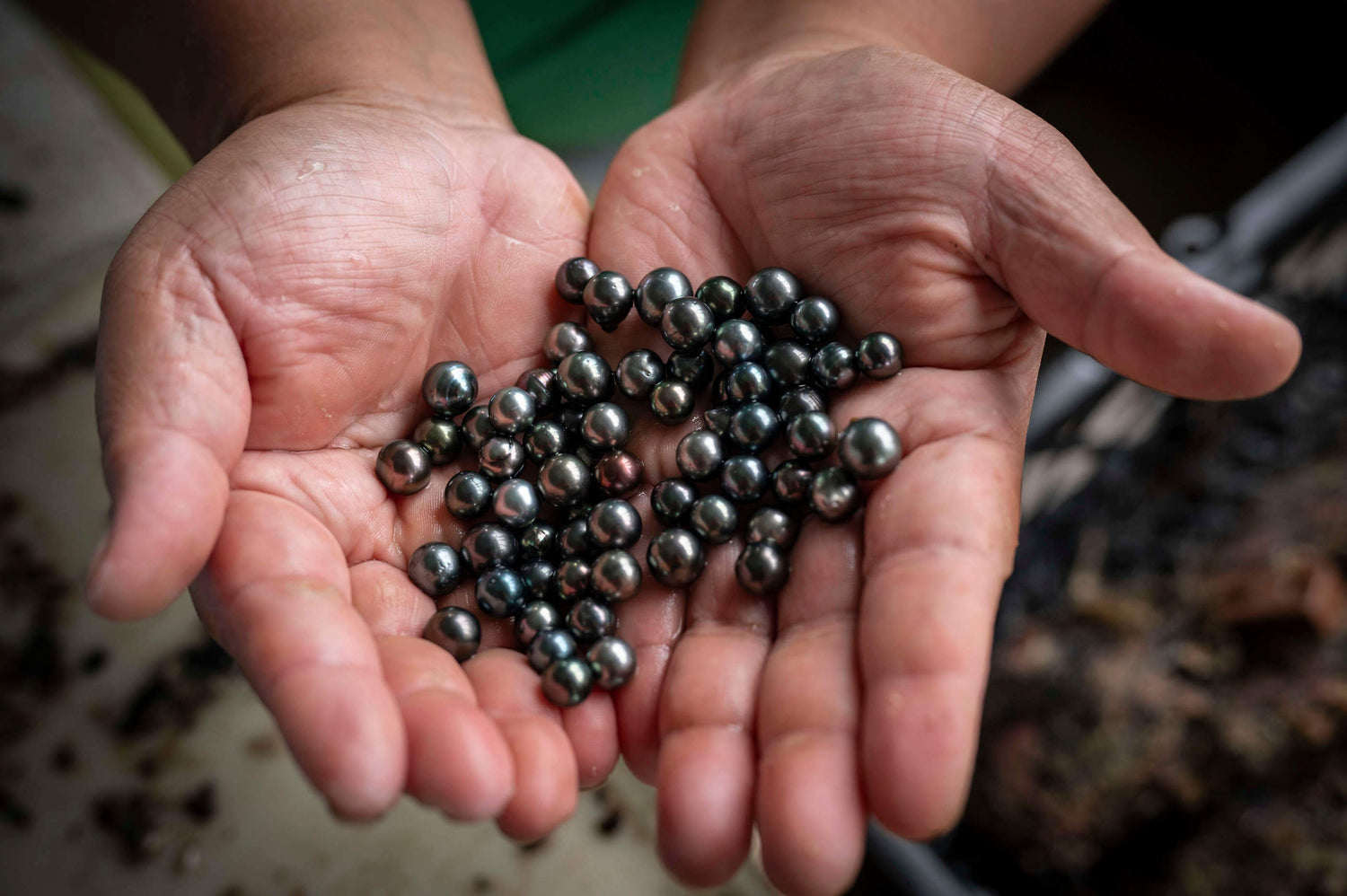
Tahitian pearls are subject to strict regulations by the Polynesian government. For example, it is forbidden to alter the color or recut the pearls.
The Pearl of Tahiti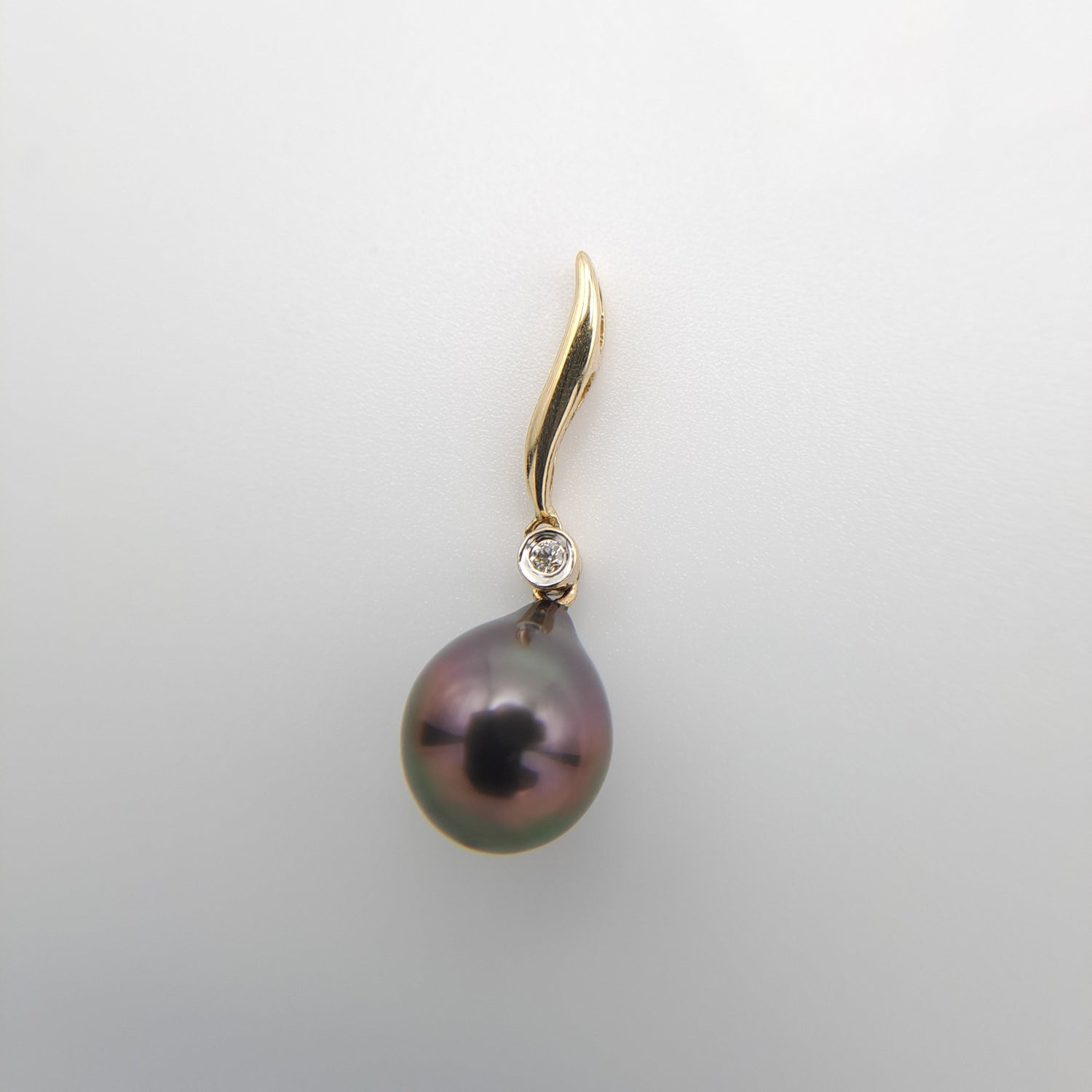
For each pearl, a story...
In the warm waters of the Tuamotu archipelago, on a pearl farm nestled in a turquoise lagoon, a grafter inserts a spherical nucleus into a Pinctada Margaritifera oyster. The operation is delicate. Thus begins a long process of patience and care.
For nearly 18 months, the oyster filters the lagoon water, feeding on microscopic algae. Around the nucleus, it deposits layers of nacre, slowly, naturally, guided by its biological rhythm.
This is how this pearl, with its dark luster and green and aubergine reflections, takes shape in the silence of the lagoon.
It grows to a diameter of 9.1 mm and is classified as a type A pearl by an agent of the Polynesian pearl farming service. Only about 2% of the harvest is type A and has virtually no defects.
Mounted on a gold pendant, topped with a small, discreet diamond, this jewel is now ready to travel, to leave its native island to adorn a new human story.












